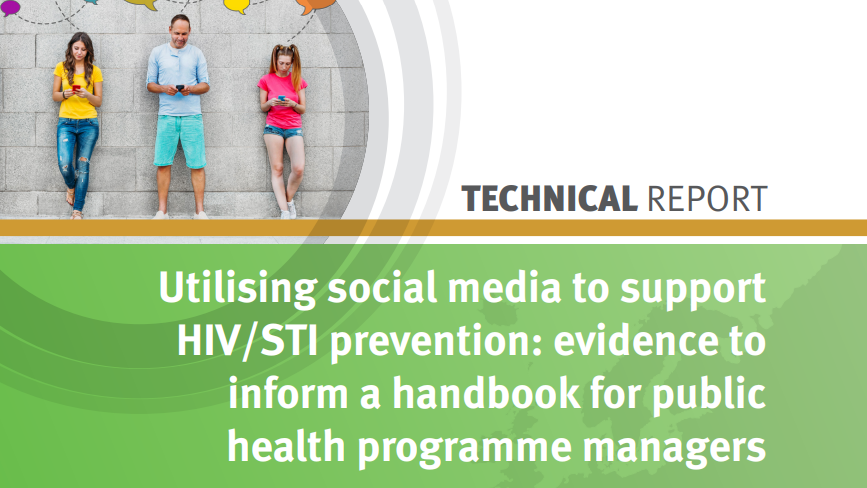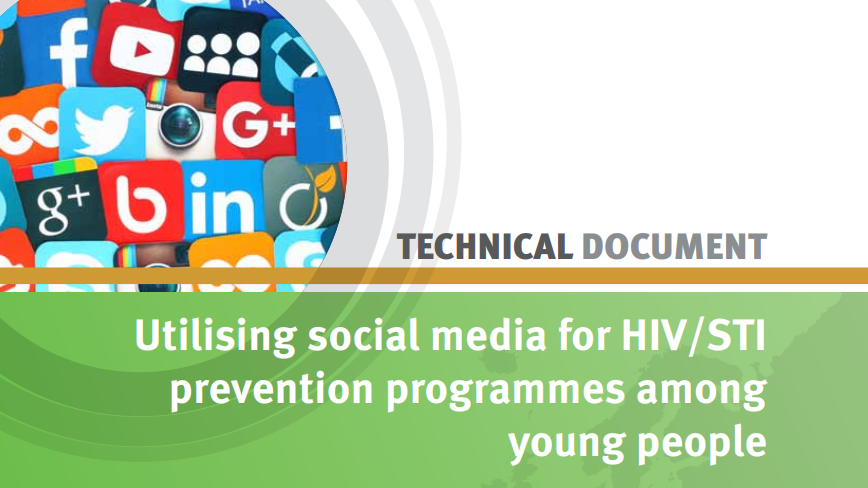Overview
The Vaccine Confidence Project™ has engaged in several different research projects relating to the prevention of HIV and other STIs.
In the context of consistently high rates of STIs and increasing numbers of new HIV infections in young people), four different strands of research were developed by our team in partnership with the European Centre for Disease Control (ECDC), seeking to identify the best ways to prevent the spread of HIV/STI among young people in Europe.
The VCP team at the London School of Hygiene & Tropical Medicine also researched HIV risk perception in sub-Saharan Africa and the feasibility and acceptability of PrEP in Kenya in partnership with LVCT, Kenya.
This PrEP research was funded by the Bill & Melinda Gates Foundation.
Methods
Europe
- Systematic Review of interventions aimed at preventing HIV and STIs in young people in Europe: collating effective evidence-based interventions that could contribute to HIV/STI prevention among young people in the EU/EEA by identifying and assessing relevant systematic reviews or meta-analyses of efficacy and/or effectiveness of interventions aimed at preventing HIV and STIs in young people in EU/EEA;
- Grey literature Review: conduct a comprehensive search of the grey literature for the same evidence as cited above;
- Literature Review: use of digital media technology for primary and secondary prevention of HIV/STIs among European Youth (2010-2015): Conduct a literature review of the most recent published evidence on the use of digital media technologies for the prevention of STIs/HIV in young people living Europe (2010-2016) (restricted to EU/EFTA countries only). This systematic literature review seeks to: 1) identify current activities using digital technologies for prevention of HIV and sexually transmitted infections (STIs); 2) gauge effectiveness in relation to user behaviour (e.g, uptake), cognitive changes (e.g., knowledge/attitudes) and biological outcomes (e.g., infection rates), based on available data, and 3) discuss the relevance of digital applications to deliver sexual health prevention to young people;
- Handbook for preventing HIV/STI among you in Europe using social media: to create a handbook of basic principles and approaches regarding the use of selected social media to promote prevention of HIV and other sexually transmitted infections (STI) among youth across Europe. We understand ‘social media’ to be the websites and applications which allow users to connect with others, create and share content and engage in social networking. The approaches described in the handbook will include guidance on how to map social media trends, monitor usage, identify social influencers, inform HIV/STI prevention strategies and engage young people in Europe.
Africa
Qualitative research on Pre-exposure prophylaxis (PrEP) for HIV prevention
Objectives:
- To understand how people’s understanding of risk and uncertainty affects their ability to use and adhere to biomedical prevention interventions within their daily lives.
- To support the roll out of PrEP and its integration within existing combination prevention approaches in Kenya and South Africa.
Pre-exposure prophylaxis (PrEP) clinical trials and effectiveness studies have shown that PrEP works in the prevention of HIV if taken consistently. However, there have been issues with adherence identified in these studies.
Previous research on risk has focused on classifying people or behaviours into risk categories. Our work diverges from that tradition and seeks to understand how people’s daily lives form a context in which choices are made and values balanced. Therefore we try to understand where HIV prevention fits into a hierarchy of concerns.
With this anthropological lens, we provide technical assistance and capacity building with partner organisations in Kenya in South Africa where PrEP is currently being rolled-out among “high-risk” populations. Focusing on the analysis, interpretation, and dissemination of qualitative findings, we seek to understand the meaning and significance of emerging interventions in people’s lives so that they can be made more acceptable through the eventual health systems rollout.
The team is also carrying out 2 systematic reviews. The first is on conceptualizations of uncertainty and risk, and implications for uptake and use of biomedical HIV prevention technologies in sub-Saharan Africa. The second review is on motivations and barriers to HIV prevention uptake and use by women in sub-Saharan Africa.






